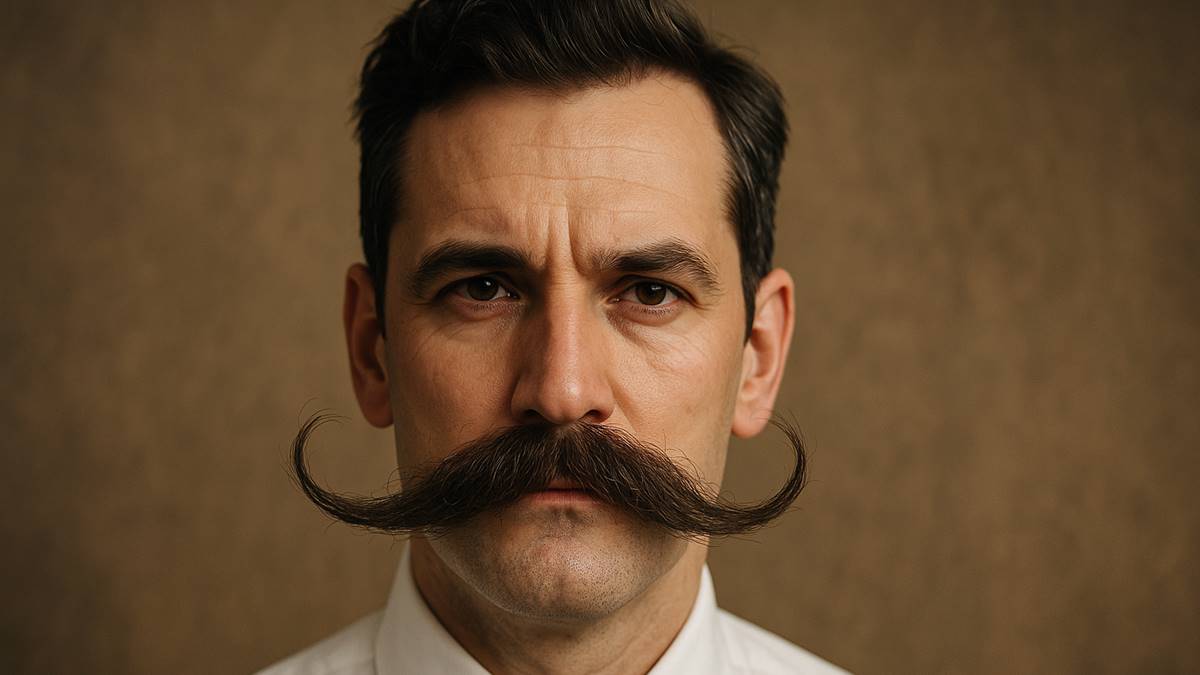A Hungarian mustache is a large, thick mustache that extends outward to the sides of the face, often with the tips curled slightly upward. It is full and bushy but well-groomed, conveying a bold and masculine appearance.
Key Characteristics:
-
Fullness: The mustache is usually thick and covers the entire upper lip.
-
Length: It stretches beyond the corners of the mouth and sometimes nearly to the jawline.
-
Styled tips: Often waxed and curled upward or outward.
-
No beard: Traditionally, the mustache stands alone, without a beard or other facial hair.
Cultural and Historical Background
The Hungarian mustache has its roots in military and aristocratic fashion, particularly among the Hussars, the famous light cavalry of Hungary dating back to the 15th century. These soldiers were known not only for their bravery and elaborate uniforms but also for their dramatic facial hair, which became a symbol of pride, masculinity, and national identity.
Historical Associations:
-
Hussar regiments of the Austro-Hungarian Empire
-
Noblemen and landowners in 18th–19th century Hungary
-
Nationalist symbolism during the Hungarian Revolution of 1848
Modern Use and Popularity
Though it’s no longer common in everyday life, the Hungarian mustache is still worn by some men as a nod to tradition, personal style, or participation in facial hair competitions. It is often seen in:
-
Historical reenactments
-
Folk festivals
-
Mustache championships (e.g., World Beard and Moustache Championships)
It also remains an iconic image of Hungarian heritage, often depicted in folk art, statues, and historical illustrations.
How to Grow and Style a Hungarian Mustache
-
Let it grow: Patience is key. Allow your mustache to grow thick and long without trimming the ends.
-
Shape it regularly: Comb it daily to train the hairs to grow outward.
-
Use mustache wax: This helps hold the desired shape and curl, especially at the tips.
-
Keep the rest clean-shaven: For the traditional look, avoid sideburns or beards.
Famous Examples
-
Lajos Kossuth – Hungarian statesman and revolutionary leader, often depicted with a striking mustache.
-
Modern facial hair competitors – Many international competitors adopt this style for its bold impact.
Final Thoughts
The Hungarian mustache is more than a fashion choice—it’s a statement. With roots in military valor and national pride, it’s a powerful symbol of traditional masculinity and historical heritage. Whether worn with irony, admiration, or authenticity, it remains one of the most iconic mustache styles in the world.
